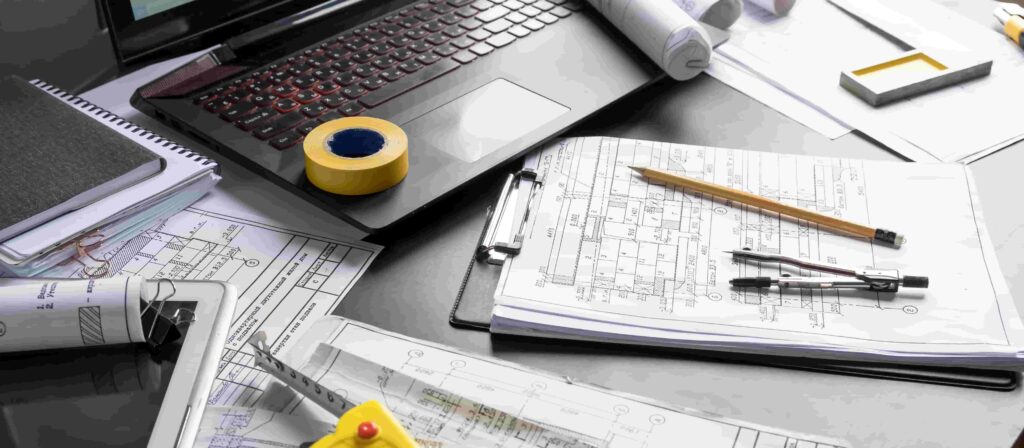
Accurate estimates are the backbone of successful construction projects. From high-rise developments in New York City to residential builds across the U.S., accurate estimating ensures your bid is competitive without compromising profit margins. At True Bid Data, we help contractors, estimators, and developers achieve precision by harnessing digital tools, real-time data, and analytical insight.
Why Accurate Estimates Matter
When estimates are off, the entire project suffers. Underestimating leads to cost overruns, strained relationships, and reputational damage. Overestimating, on the other hand, may price you out of competitive bids. Accuracy isn’t just about math—it’s about understanding scope, labor productivity, material variability, and regional conditions.
Key risks of inaccurate estimating:
- Missed or misinterpreted scope of work
- Fluctuating material pricing
- Incorrect labor productivity assumptions
- Under-accounted general conditions
- Change orders due to incomplete takeoffs
In New York City, where union labor costs and site logistics are unique, small mistakes in estimates can escalate fast.
The Data Behind Accurate Estimates
To develop an accurate estimate, estimators must base their numbers on:
- Verified takeoffs from architectural and structural drawings
- Real-time material prices from suppliers
- Updated labor rates, adjusted for city-specific conditions
- Proper breakdown of overhead and profit
- Review of past project data for benchmarks
At True Bid Data, we maintain up-to-date cost databases, including prevailing wages, RSMeans datasets, and localized productivity rates across the U.S., especially in urban centers like NYC.
Strategies to Improve Estimate Accuracy
Here’s how experienced professionals create accurate estimates, regardless of project type:
Use Digital Takeoff Tools
PDF plan readers and takeoff software help reduce human error and ensure no quantity is missed. With layered drawings and CSI Division tagging, True Bid Data’s system supports precise quantity extractions.
Integrate Historical Data
Reference your past projects to benchmark material usage, labor hours, and logistical variables. For example, if your past three interior renovation jobs in Brooklyn exceeded original electrical estimates, adjust future pricing accordingly.
Adjust for Regional Variables
In locations like New York City, estimating must account for:
- Permit costs and inspection timelines
- Union vs. non-union labor
- Vertical transportation for materials
- Weekend or night work premiums
These regional dynamics greatly influence the bottom line.
Break Down Your Estimate Logically
Organize the estimate into trade scopes (e.g., concrete, MEP, drywall), then break those into unit costs: materials, labor, equipment, and markups. A structured estimate is easier to audit and adjust.
Account for Risk and Contingency
No estimate is complete without contingency planning. Based on project complexity, location, and client behavior, allocate an appropriate percentage for unplanned costs.
The Role of Technology in Estimating
Platforms like True Bid Data help estimators stay competitive by:
- Automating repetitive takeoff tasks
- Offering CSI-coded cost templates
- Integrating change order tracking
- Providing real-time cost forecasting analytics
- Delivering audit trails for every assumption made
With True Bid Data, you’re not just counting quantities—you’re making decisions with confidence.
What Accurate Estimating Looks Like in NYC
A well-executed joineryIn New York City, construction projects often involve unique challenges like sidewalk sheds, tight material delivery schedules, and limited staging areas. Accurate estimates must reflect these realities, especially when bidding as a general contractor or subcontractor.
An NYC-based interior fit-out estimate, for instance, must account for:
- High-rise hoisting costs
- After-hours work schedules
- Logistics coordination
- Complex MEP integrations in older buildings
All these affect productivity rates and installation timelines, which must be reflected in your final estimate.
How True Bid Data Helps
True Bid Data supports estimators with:
- Pre-built cost libraries for New York City and other major U.S. markets
- CSI-structured estimate templates
- Assistance in converting conceptual designs into budget-ready takeoffs
- Benchmarking tools that improve over time as you upload more projects
Whether you’re bidding on a public project in Manhattan or a commercial build in Chicago, our platform ensures your estimates are built on strong data, not guesswork.
Build Your Next Estimate with Confidence
If your estimating process still involves spreadsheets and guesswork, you risk falling behind. Visit True Bid Data and see how our platform brings clarity and precision to estimators in New York City and across the U.S.




